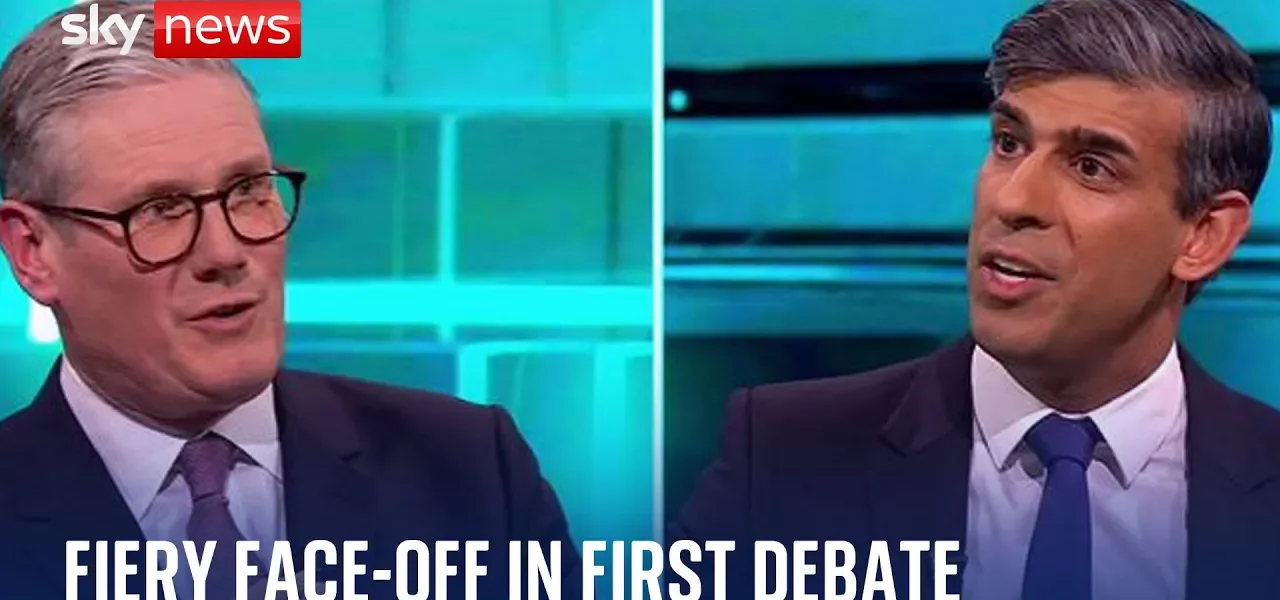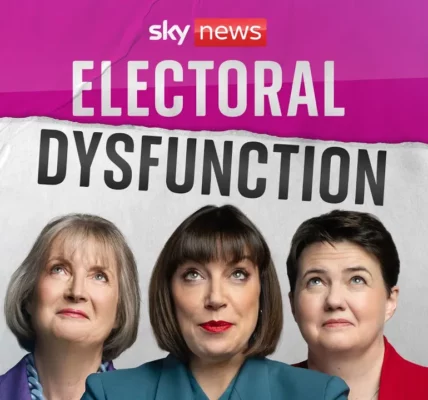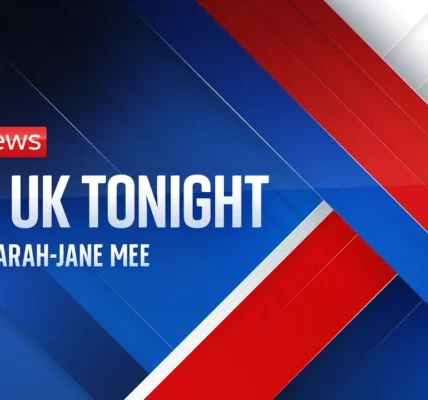First Head-to-Head Debate Analysis: Key Issues and Candidate Positions

This article provides an in-depth analysis of the first debate between the two men vying for the leadership of the country. We will explore their key arguments, the topics they addressed, and how their proposals might affect the citizens they aim to serve.
Introduction
The first head-to-head debate between the leading candidates for the country’s leadership took place in Salford, marking a crucial moment in the lead-up to the election. This debate was significant not only for the candidates but also for the voters who are eager to understand how each candidate’s policies will affect their lives. Addressing pressing issues such as the economy, immigration, and the NHS, both candidates aimed to convince the public of their vision for the country’s future. This article delves into the specifics of the debate, analyzing the candidates’ positions and the implications of their proposals.
Economic Policies: Tax Cuts and Cost of Living
One of the central topics of the debate revolved around economic issues, particularly the candidates’ plans for tax cuts and how they aim to tackle the rising cost of living.
Candidate Positions on Taxation
Candidate A made a strong appeal to voters by promising to cut taxes, emphasizing that this would directly benefit families struggling to make ends meet. He stated, “I’m seeking your backing to change our country to make it work once again for you and your family.” The promise included:
- Reducing tax burdens for average citizens.
- Protecting pensions to ensure financial stability for retirees.
- Implementing measures to reduce immigration costs that affect the economy.
The State of the Economy
Candidate A also pointed to signs of economic growth, stating, “Our economy is growing again, wages are rising.” He argued that these improvements are paving the way for tax cuts, although he acknowledged that citizens may not yet feel the benefits. This optimistic outlook was countered by Candidate B, who challenged the timing of the election, suggesting that Candidate A was aware of impending economic challenges, including rising inflation and energy prices.
The NHS Debate: Waiting Lists and Healthcare Access
The National Health Service (NHS) emerged as another critical battleground during the debate. Candidate A pledged to reduce waiting lists, which had ballooned during the pandemic.
Progress and Challenges in Healthcare
Candidate A pointed out that the NHS is beginning to recover after a significant period of disruption, stating, “We are now making progress, the waiting lists are coming down.” This assertion was met with skepticism from Candidate B, who highlighted that waiting lists had increased from 7.2 million to 7.5 million under the current administration.
Expectations for the Future
Candidate B pressed for clarity on how Candidate A would manage NHS resources moving forward and questioned the efficacy of his strategies. This exchange highlighted the broader concern over healthcare access and the urgency with which both candidates must address these issues as they seek to garner voter support.
Immigration Policies: A Divisive Topic
Immigration policies proved to be one of the most contentious topics of the debate, with both candidates exchanging heated remarks on how to handle illegal migration.
Candidate A’s Stance on Immigration
Candidate A accused Candidate B of planning to raise taxes and failing to address illegal immigration effectively. He stated, “The simple question for K Starmer is what will you do with people who come here illegally?” This pointed inquiry highlighted the urgency of establishing a clear immigration policy.
Candidate B’s Response and Proposed Solutions
In response, Candidate B affirmed his commitment to ending flights taking migrants to Rwanda, asserting that such measures would not deter illegal immigration. He emphasized the need to tackle the criminal gangs profiting from human trafficking, stating, “We need to smash the gangs that are running this trade.” This clash of ideologies underscored the differing approaches each candidate has towards immigration reform.
Conclusion
The first head-to-head debate provided a platform for both candidates to present their visions for the future of the country. From economic policies aimed at tax cuts to discussions on the NHS and immigration, each candidate showcased their approach to pressing national issues. As the election date approaches, voters will need to consider these discussions carefully. Ultimately, the debate has set the stage for a competitive election, with public opinion likely to shift as more citizens engage with the candidates’ proposals and performance. To stay informed about the upcoming election and candidate positions, be sure to explore our related articles on economic policy and healthcare reform.
“`




